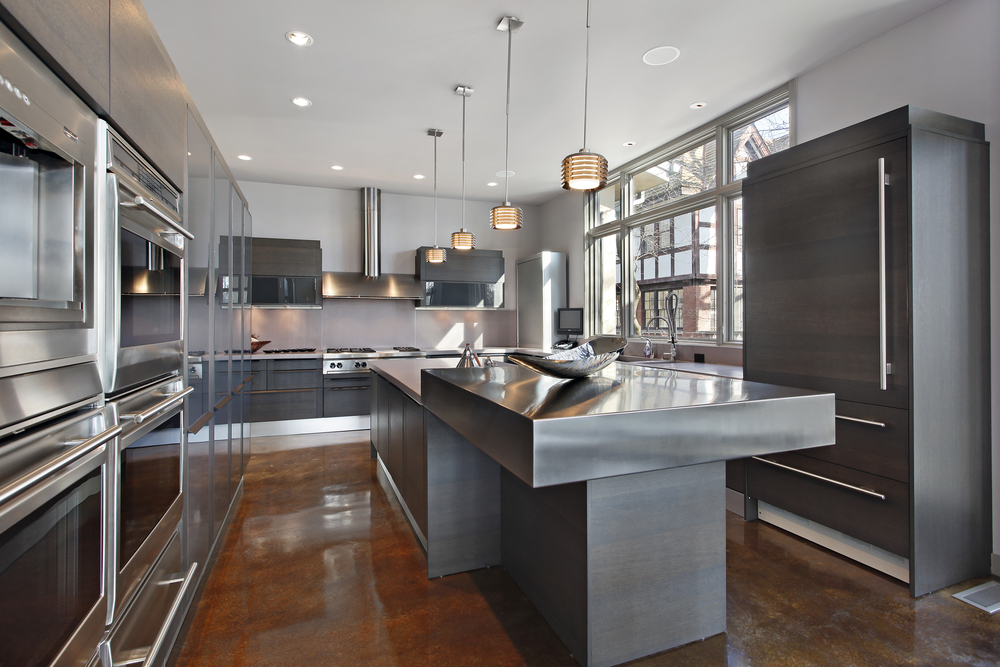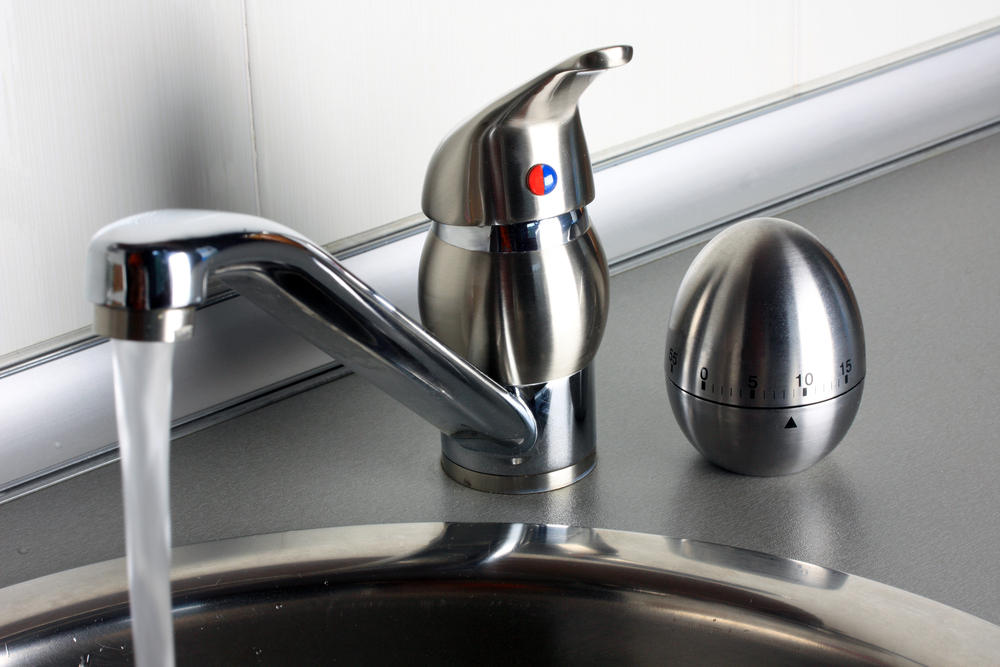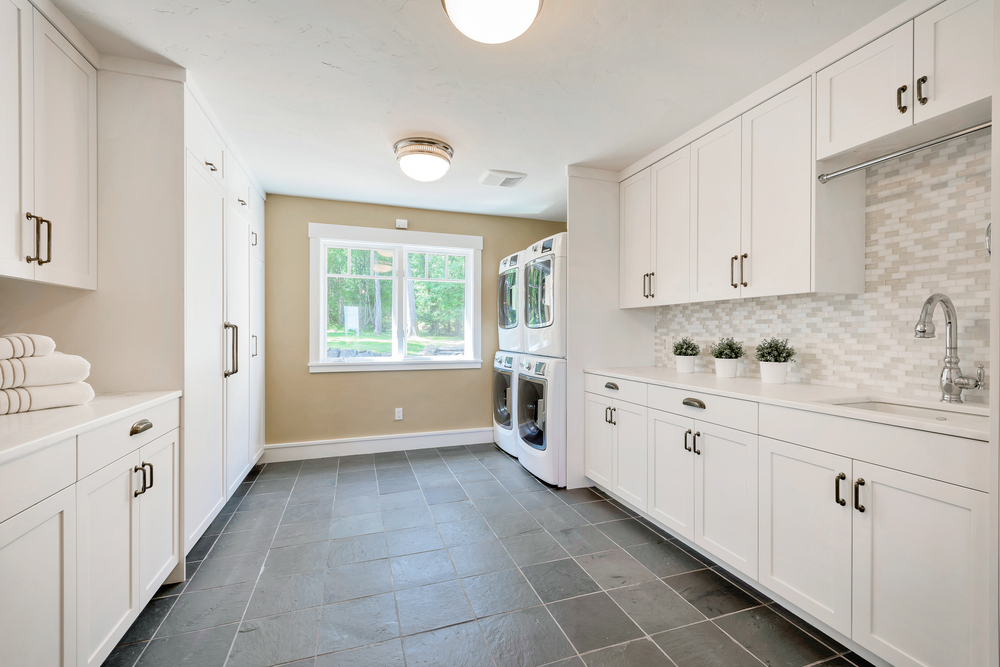The Crucial Role of Water-Saving Fixtures in Kitchen and Bathroom
In the hustle and bustle of daily life, the significance of conserving water often slips our minds. Yet, in the backdrop of a looming global water crisis, the imperative to adopt water-saving fixtures in our kitchens and bathrooms becomes ever more pressing. This article delves into the pivotal role of such fixtures, exploring their impact on water conservation and outlining practical steps to integrate them into our daily routines.

Importance of Water Conservation
Water, the elixir of life, is a finite resource essential for sustaining ecosystems, economies, and human health. However, with population growth, industrialization, and climate change, freshwater sources are under unprecedented stress. According to the United Nations, by 2025, two-thirds of the world’s population may face water shortages. This alarming projection underscores the urgency of water conservation efforts.
Conserving water is not just an environmental concern but also an economic and social imperative. Wasteful water practices strain municipal water systems, leading to increased costs for consumers and taxpayers. Moreover, water scarcity disproportionately affects vulnerable communities, exacerbating social inequalities and threatening livelihoods.
Water-Saving Fixtures for the Kitchen
Low-Flow Faucets:
These innovative fixtures regulate water flow, significantly reducing consumption without compromising functionality. By aerating the water stream, low-flow faucets maintain adequate pressure while conserving precious water resources. For instance, a standard faucet may dispense around 2.5 gallons per minute (GPM), whereas low-flow variants can slash this figure to 1.5 GPM or less.
The mechanism behind low-flow faucets involves incorporating aerators or laminar flow devices into the faucet head. Aerators mix air into the water stream, creating a satisfying flow while reducing water usage. Laminar flow devices produce a non-turbulent stream, minimizing splashing and ensuring efficient water delivery.
Dual Flush Toilets:
While commonly associated with bathrooms, dual flush toilets find a pertinent place in kitchen areas as well. These toilets feature two flush options: one for liquid waste and another for solid waste. By providing users with the choice to select the appropriate flush volume, dual flush toilets minimize unnecessary water usage, thereby contributing to conservation efforts.
The operational principle of dual flush toilets lies in their dual-flush mechanism, which allows users to control the volume of water used for flushing. Typically, the flush options include a low-volume flush for liquid waste and a higher-volume flush for solid waste. This versatility empowers users to conserve water without compromising hygiene or convenience.
Water-Efficient Dishwashers:
Modern dishwashers incorporate advanced technologies to optimize water utilization during the cleaning process. Energy Star-rated dishwashers, for instance, use as little as 3 gallons of water per cycle, a significant improvement over traditional models. Moreover, features like soil sensors and targeted spray jets ensure thorough cleaning while conserving water and energy.
Water-efficient dishwashers employ various strategies to minimize water consumption while maintaining cleaning efficacy. These include sensor-based technologies to detect soil levels and adjust water usage accordingly, as well as strategically positioned spray jets to target specific areas for efficient cleaning. Additionally, innovations in insulation and water recirculation further enhance the efficiency of water usage in dishwashing cycles.

Water-Saving Fixtures for the Bathroom
Low-Flow Showerheads:
Showers are notorious water guzzlers, accounting for a substantial portion of household water consumption. However, low-flow showerheads mitigate this impact by restricting flow rates to as low as 1.5 GPM without sacrificing shower quality. By employing innovative technologies such as aerating and laminar flow, these fixtures deliver a satisfying shower experience while conserving water.
Low-flow showerheads achieve water savings through the incorporation of flow restrictors and aerators, which regulate the volume and pressure of water released during showers. Additionally, some models feature adjustable settings that allow users to customize their shower experience while minimizing water usage. Advanced designs also prioritize water dispersion and coverage, ensuring efficient rinsing and cleansing with minimal wastage.
Dual Flush Toilets:
In the realm of bathroom fixtures, dual flush toilets reign supreme as champions of water conservation. By offering separate flush options for liquid and solid waste, these toilets empower users to make conscious decisions about water usage. Studies indicate that dual flush toilets can reduce water consumption by up to 67% compared to traditional models, making them indispensable in any water-saving endeavor.
Dual flush toilets operate on the principle of user-selectable flush volumes, typically featuring two buttons or levers for different flush options. The reduced-volume flush option is designed for liquid waste, while the full-volume flush option is reserved for solid waste. This intuitive design not only conserves water but also raises awareness about water usage habits among users, fostering a culture of water conservation.
Water-Efficient Faucets:
Much like their kitchen counterparts, water-efficient faucets play a pivotal role in curbing water wastage in the bathroom. By incorporating features such as aerators and flow restrictors, these faucets maintain optimal flow rates while minimizing water usage. Additionally, sensor-activated faucets eliminate the need for constant manual operation, further reducing unnecessary water wastage.
Water-efficient faucets utilize various mechanisms to achieve water savings while ensuring user comfort and convenience. Aerators, for example, introduce air into the water stream, reducing flow rates without compromising pressure. Similarly, flow restrictors regulate water volume, preventing excessive usage during handwashing and other tasks. Sensor-activated faucets offer hands-free operation, minimizing water wastage resulting from forgetfulness or negligence.
Other Water-Saving Tips
Repair Leaks:
Undetected leaks in kitchen and bathroom fixtures can result in substantial water wastage over time. Therefore, it is imperative to promptly address any leaks to prevent unnecessary water loss. Simple tasks such as replacing worn-out seals and tightening loose connections can go a long way in conserving water and reducing utility bills.
Leak repair should be a priority for homeowners, as even minor leaks can escalate into major water wastage issues if left unattended. Regular inspection of faucets, pipes, and appliances can help identify potential leaks early on, preventing water damage and promoting water conservation. Additionally, proactive maintenance measures such as lubricating seals and replacing faulty components can prolong the lifespan of fixtures and minimize water wastage.

Collect and Reuse Water:
Embracing the concept of greywater recycling offers a sustainable solution to augment water conservation efforts. Greywater, collected from sinks, showers, and washing machines, can be treated and reused for purposes such as irrigation, toilet flushing, and cleaning. By diverting greywater from the sewage system, households can significantly reduce their freshwater consumption and lessen the burden on dwindling water resources.
Greywater recycling systems typically consist of collection tanks, filtration units, and distribution networks for reusing treated greywater. These systems intercept greywater from household drains, remove contaminants through filtration and disinfection processes, and distribute the recycled water for non-potable uses. Greywater recycling not only conserves freshwater but also reduces the environmental impact of wastewater disposal, making it a sustainable practice for water-conscious households.
Conclusion
In conclusion, the adoption of water-saving fixtures in both kitchen and bathroom settings is paramount in addressing the challenges posed by the global water crisis. From low-flow faucets to dual flush toilets and water-efficient dishwashers, these fixtures offer tangible solutions to curb water wastage without compromising on convenience or performance. By incorporating these fixtures into our daily routines and embracing water-saving practices such as leak repair and greywater recycling, we can collectively contribute to a more sustainable future where access to clean water is not just a privilege but a fundamental right. Let us embark on this journey towards water conservation, mindful of our responsibility to safeguard this invaluable resource for generations to come.
Plumbing Services CA
https://maps.app.goo.gl/31Yt4rhDrainzNJ4A
(279) 203-0765
https://plumbingservicesca.com/
